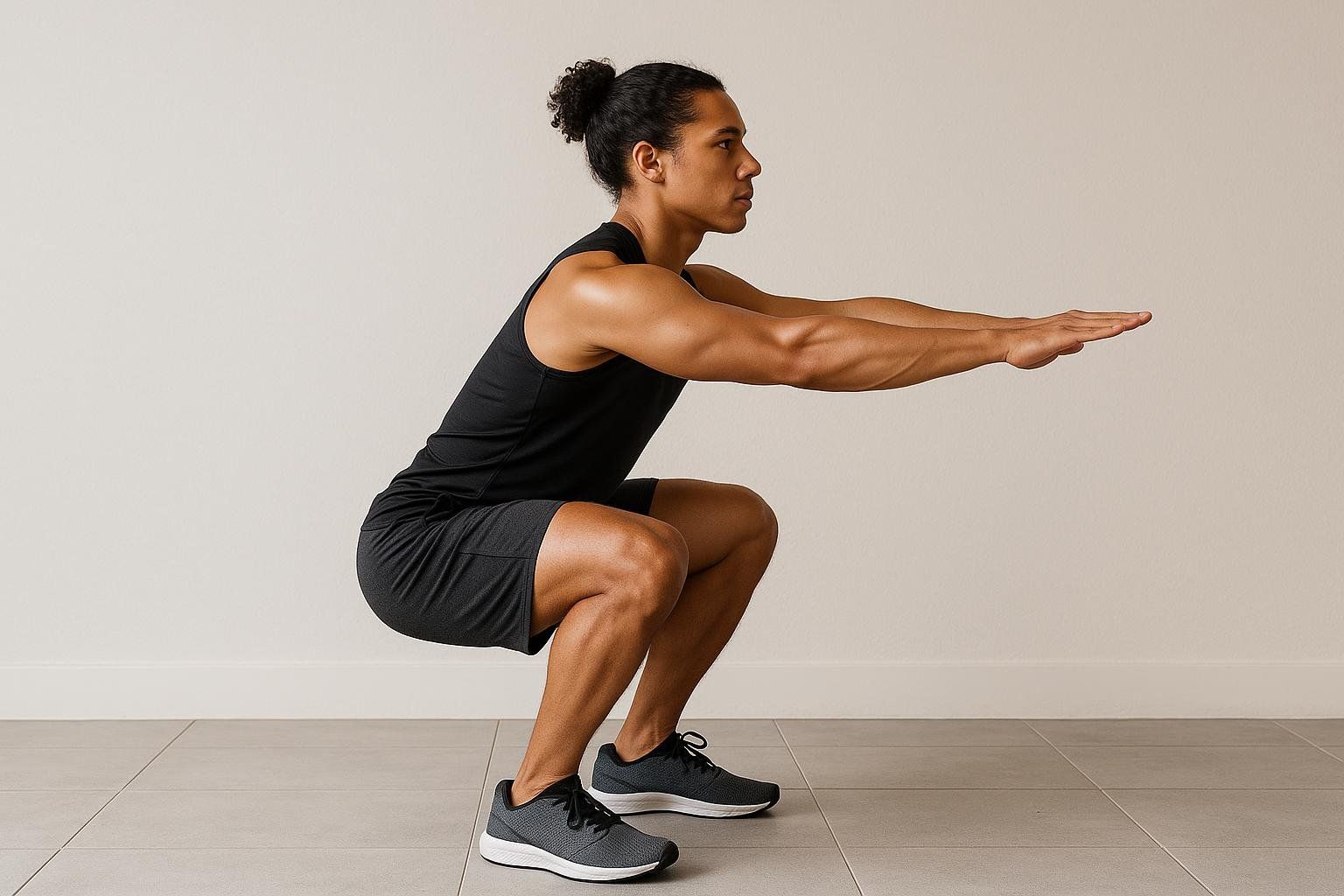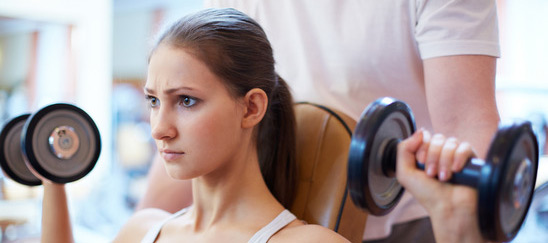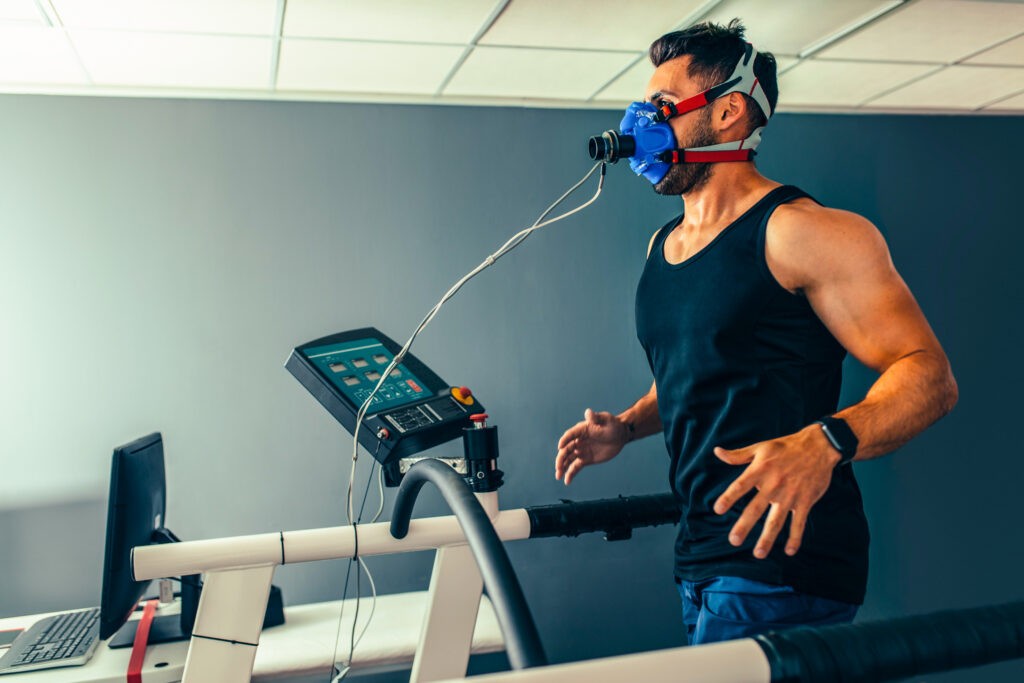Hey there, friend. Picture this: It’s a crisp Saturday morning, and I’m lacing up my sneakers for a jog around the neighborhood. Back in my early thirties, I was that guy staring at the scale, frustrated because the number wouldn’t budge despite all the salads and spin classes. Turns out, I was missing the big picture—body composition. It’s not just about weight; it’s about reshaping your body by ditching excess fat and building lean muscle. That shift changed everything for me. If you’re here, maybe you’re feeling that same itch to transform. Let’s dive in together, like we’re chatting over coffee, and I’ll share what I’ve learned from years of trial, error, and a few hilarious wipeouts in the gym.
What Is Body Composition?
Body composition is basically the breakdown of what makes up your body’s weight—think fat mass versus everything else, like muscle, bones, water, and organs. Unlike the scale, which treats a pound of muscle the same as a pound of fat, this metric tells the real story of your health and fitness level. For me, understanding this was a game-changer; it explained why I felt stronger and more energetic even when my weight stayed steady.
It’s influenced by factors like age, genetics, and hormones, but the good news? You can absolutely shift it through smart habits. Lower body fat reduces risks for things like heart disease and diabetes, while more muscle boosts your metabolism—meaning you burn more calories even chilling on the couch. If you’re new to this, start by tracking it beyond the scale; tools like DEXA scans or simple calipers can give you a baseline.
Why does it matter so much? Well, a healthier ratio means better mobility, sharper focus, and that confidence boost when you slip into jeans that fit just right. I’ve seen friends drop inches off their waist without chasing a number, and it lit a fire under me to prioritize quality over quantity.
Why Focus on Body Composition Over Weight?
I remember obsessing over my bathroom scale like it was a fortune teller—up a pound? Cue the panic. But here’s the truth: Weight alone is a lousy storyteller. Two people can tip the scales at 150 pounds, yet one might be lean and vibrant while the other carries more fat. Body composition flips the script, highlighting how exercise builds the muscle that powers your daily life, from chasing kids to hiking trails without gasping.
Shifting your focus here leads to sustainable wins. Studies show folks who train for composition see better long-term adherence because results feel rewarding—like clothes fitting looser or stairs feeling easier. It’s empowering, too; no more yo-yo dieting. Instead, you’re crafting a body that’s resilient and efficient. And let’s be real, who doesn’t want to look in the mirror and think, “Dang, I did that?”
This mindset saved my sanity during a busy work phase. I stopped weighing daily and started measuring progress in energy levels and strength gains. The payoff? A body that works for me, not against me.
How Exercises Shape Your Body Composition
Exercise is the sculptor here, chiseling away fat while carving out muscle. Not all moves are equal, though—cardio torches calories for fat loss, but strength training builds the muscle that keeps your engine revving. Combine them, and magic happens: Your body gets leaner, stronger, and more balanced. Research backs this; resistance work can boost lean mass by up to 1.4 kg in just ten weeks.
From personal flops (hello, endless treadmill slogs with zero tone) to triumphs, I’ve learned variety prevents plateaus. Think compound lifts that hit multiple muscles at once—they’re efficient and effective for busy folks. The key? Consistency over intensity at first. Start slow, listen to your body, and watch how small tweaks lead to big reveals.
It’s not just physical; there’s an emotional lift. That post-workout glow? It’s endorphins high-fiving your soul, making you crave more. If you’re skeptical, try it for a month—you might surprise yourself.
Key Types of Body Composition Exercises
Diving into the toolbox, exercises fall into a few camps that team up to optimize your fat-muscle ratio. Strength moves pack on lean tissue, cardio melts fat, and HIIT blends both for efficiency. Each has a role, like ingredients in a killer recipe.
Strength training reigns supreme for muscle growth, firing up your metabolism long-term. Cardio keeps your heart happy and calories flowing out. HIIT? It’s the short-burst powerhouse that fits chaotic schedules. Mix ’em based on your vibe—I’m a fan of starting with strength to build that base.
No one’s a one-trick pony; blending keeps things fresh and your body guessing. Over time, this cocktail reshapes you from the inside out, turning “I should” into “I love this.”
Strength Training Basics
Strength training uses resistance—weights, bands, or your body—to challenge muscles, sparking growth and fat burn. It’s not about bulking up like a bodybuilder unless you want that; for most, it’s toning and fortifying. Aim for major groups: legs, back, chest, core.
I started with dumbbells in my garage, fumbling through squats, and built from there. Pros? It hikes your resting burn rate by 7% and slashes fat by nearly 2 kg in weeks. Cons? Risk of strain if form slips—always prioritize technique.
- Pros List:
- Boosts metabolism for ongoing calorie torch
- Improves bone density, warding off osteoporosis
- Enhances posture and daily function
- Builds confidence through visible strength gains
- Cons List:
- Initial soreness (DOMS) can sideline newbies
- Needs recovery time to avoid overtraining
- Gym intimidation for beginners
Cardio Essentials
Cardio gets your heart pumping, directly targeting fat stores through steady or interval efforts. Walking briskly counts, but ramp up to running or cycling for bigger burns. It’s accessible—no fancy gear needed.
My go-to? Evening walks that clear my head and shed stress fat. It’s gold for endurance, reducing visceral fat that hides around organs. Downside: Overdoing it without strength can eat muscle, so balance is key.
Picture huffing through a jog, then nailing it weeks later—that progression hooks you.
HIIT Power Plays
HIIT alternates fury bursts with recovery, like sprinting then strolling. It’s time-efficient, cranking afterburn for hours post-sweat. Perfect for fat loss without endless sessions.
I once did burpees in my living room during a rainstorm—laughed through the burn, but dropped inches. Evidence? It edges out steady cardio for composition shifts. Watch for fatigue if you’re new; ease in.
This one’s my secret weapon for busy days—20 minutes feels like victory.
Top Body Composition Exercises to Try
Ready for the stars? These compound champs hit multiple areas, maximizing bang for your buck. From squats that fire up glutes to push-ups for upper-body power, they’re beginner-friendly with scalable tweaks.
I swear by mixing them weekly; keeps my routine spicy. Start bodyweight, add resistance as you glow up. Each builds that lean, mean physique you’re chasing.
- Squats: Lower body powerhouse for quads and core.
- Deadlifts: Back and hamstrings hero, boosting posture.
- Push-ups: Chest sculptor, no equipment needed.
- Lunges: Balance booster for legs and stability.
- Planks: Core king for that etched midsection.
- Burpees: Full-body blaster for cardio-strength fusion.
- Rows: Back builder to counter desk hunch.
- Overhead Press: Shoulder strengthener for daily ease.
Incorporate 3-4 per session, 3 sets of 8-12 reps. Feel the shift? That’s progress whispering.
Beginner Workout Plan for Body Recomp
New to this? No sweat—start with this 4-week blueprint, 3 days a week, full-body focus. Rest days are sacred; they’re when muscles rebuild. Pair with 20-minute walks for cardio kick.
Week 1 eases you in; by Week 4, you’re progressing weights or reps. I followed something similar post-desk-job slump—gained 5 pounds of muscle, lost 7 of fat. Track weekly; celebrate non-scale victories like easier lifts.
| Week | Workout Day Structure | Sample Exercises | Sets/Reps | Cardio Add-On |
|---|---|---|---|---|
| 1 | Full Body A | Squats, Push-ups, Rows | 3×8-10 | 15-min walk |
| 2 | Full Body B | Deadlifts, Lunges, Planks | 3×10-12 | 20-min bike |
| 3 | Full Body A + Progress | Increase weight slightly | 3×10-12 | 20-min jog |
| 4 | Full Body B + HIIT | Burpees finisher | 3×12 | 25-min intervals |
Warm up with dynamic stretches; cool down mindfully. Adjust for your level—consistency trumps perfection.
Strength vs. Cardio: A Quick Comparison
Ever wonder which path to pick? Strength builds the engine; cardio fuels the drive. Both shine for composition, but blending wins. Strength preserves muscle during cuts; cardio amps fat melt.
From my experiments, pure cardio left me skinny-fat—adding lifts transformed that. Here’s the breakdown:
| Aspect | Strength Training | Cardio |
|---|---|---|
| Primary Benefit | Muscle gain, metabolism boost | Fat burn, heart health |
| Time Efficiency | 30-45 min sessions | 20-60 min, flexible |
| Calorie Burn | High post-workout (EPOC) | Steady during activity |
| Muscle Impact | Increases lean mass | Can erode if overdone |
| Best For | Long-term recomp | Quick endurance builds |
Neither’s “better”—it’s your cocktail. I do 70% strength, 30% cardio; tweak for your goals.
Pros and Cons of Strength Training for Recomp
Strength training? Love it or loathe the initial ache, it’s a cornerstone. Pros outweigh cons when done right—I’ve gone from wobbly to warrior.
It reshapes by adding muscle that torches fat 24/7. Humor alert: Yes, you’ll grunt like a pro wrestler at first, but that “I lifted that?!” rush is addictive.
- Pros:
- Elevates resting metabolic rate for effortless fat loss
- Strengthens bones, fighting age-related fragility
- Improves mood via endorphin floods
- Enhances functional strength for real life
- Cons:
- Soreness can mimic a bad flu day
- Injury risk from poor form (film yourself!)
- Slower visible changes than cardio highs
Mitigate with rest and pros like trainers. Worth every rep.
Nutrition Tips to Amp Your Exercises
Exercises are half the battle; fuel seals the deal. Aim for protein-rich meals (chicken, eggs, beans) to repair muscles—1.6g per kg bodyweight daily. Veggies and whole grains keep energy steady; healthy fats like avocados support hormones.
I flopped ignoring this—gains stalled until I prioritized post-workout shakes. Hydrate like it’s your job; sleep 7-9 hours for recovery. Track via apps, but eat intuitively—no extremes.
For recomp, slight calorie deficit with protein surplus works wonders. It’s not deprivation; it’s nourishing the machine.
Tracking Your Progress Beyond the Scale
Ditch daily weighs; measure waist, snap progress pics, note how pants fit. DEXA or bioimpedance scales offer deep dives—get one at a clinic or gym.
My ritual? Monthly check-ins with a tape and mirror. It keeps motivation humming, celebrating inches over pounds.
Tools like apps log lifts; pair with mood journals. Remember, progress zigzags—patience is your ally.
People Also Ask
What exercises improve body composition the most?
Compound lifts like squats and deadlifts top the list—they engage big muscle groups for max fat burn and muscle build. Add HIIT for efficiency; consistency trumps intensity.
How long does it take to see body composition changes?
Most notice strength shifts in 2-4 weeks, visible tweaks by 6-8 with dialed nutrition. Factors like starting point vary it—stick with it for 12 weeks minimum.
Can I improve body composition without losing weight?
Absolutely—gain muscle while shedding fat for steady scale but tighter jeans. It’s the holy grail of recomp; track ratios, not pounds.
What’s the best way to measure body composition at home?
Bioelectrical scales or calipers work for quick checks; they’re affordable starters. For precision, DEXA scans rule, but home tools track trends fine.
Does cardio alone change body composition?
It burns fat but can nibble muscle sans strength work. Blend with resistance for optimal shifts—cardio supports, doesn’t solo-star.
FAQ
Q: How often should beginners do body composition exercises?
A: Three days a week hits the sweet spot—full-body sessions with rest in between. Build to four as you adapt; overdoing invites burnout.
Q: Can I do these workouts at home without equipment?
A: Yep! Bodyweight staples like push-ups and squats shine. Grab bands for progression—my living room setup got me gym-ready.
Q: What if I’m over 50—will this still work?
A: Totally; it combats sarcopenia beautifully. Start lighter, focus form—I’ve coached folks in their 60s thriving with tweaks.
Q: How does diet tie into exercise for recomp?
A: Protein fuels repairs; aim 20-30g per meal. Calorie balance matters—slight deficit for fat loss, surplus for muscle. Experiment mindfully.
Q: What’s a common mistake in body comp training?
A: Neglecting recovery—sleep and deload weeks prevent plateaus. I learned the hard way; now, rest is non-negotiable.
There you have it—your roadmap to a body that feels as good as it looks. Remember my scale saga? It’s behind me now, traded for hikes where I keep up with the group. You’ve got this; start small, stay steady, and reach out if you hit a snag. What’s your first move? Drop a squat and let’s chat progress.




